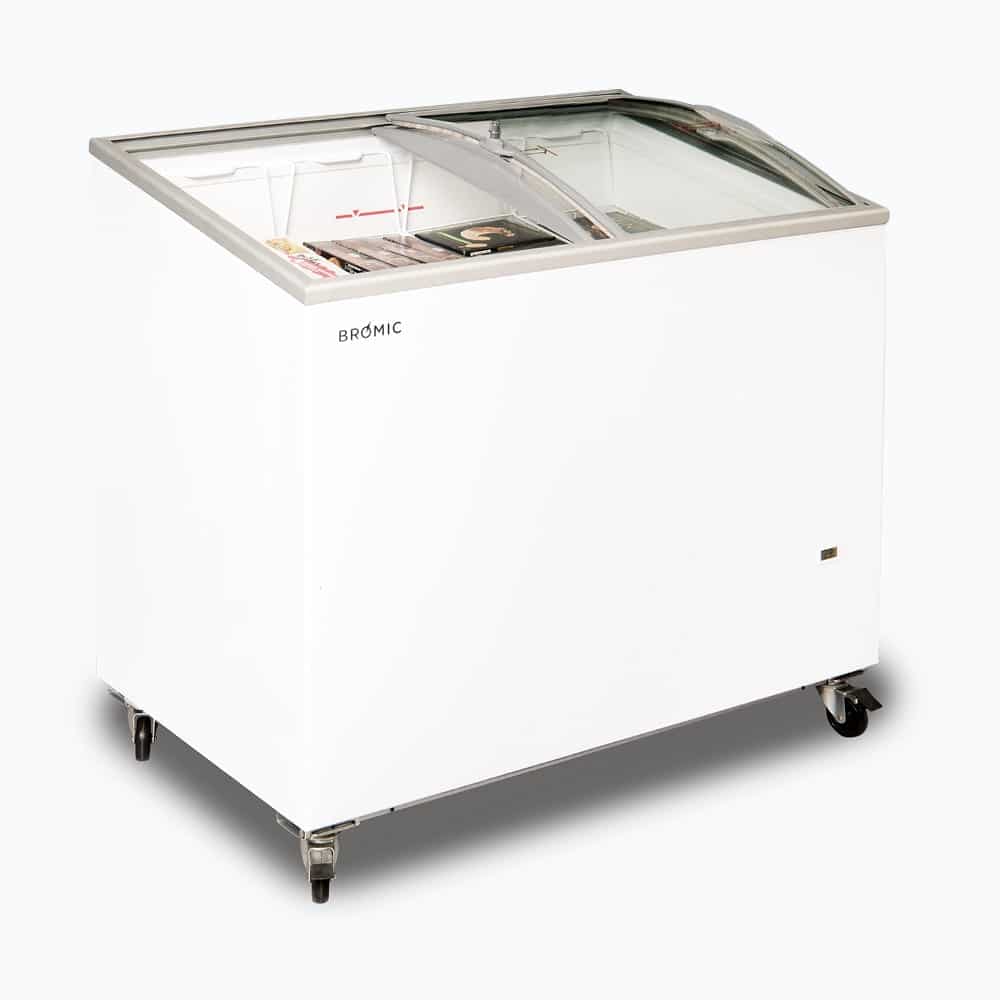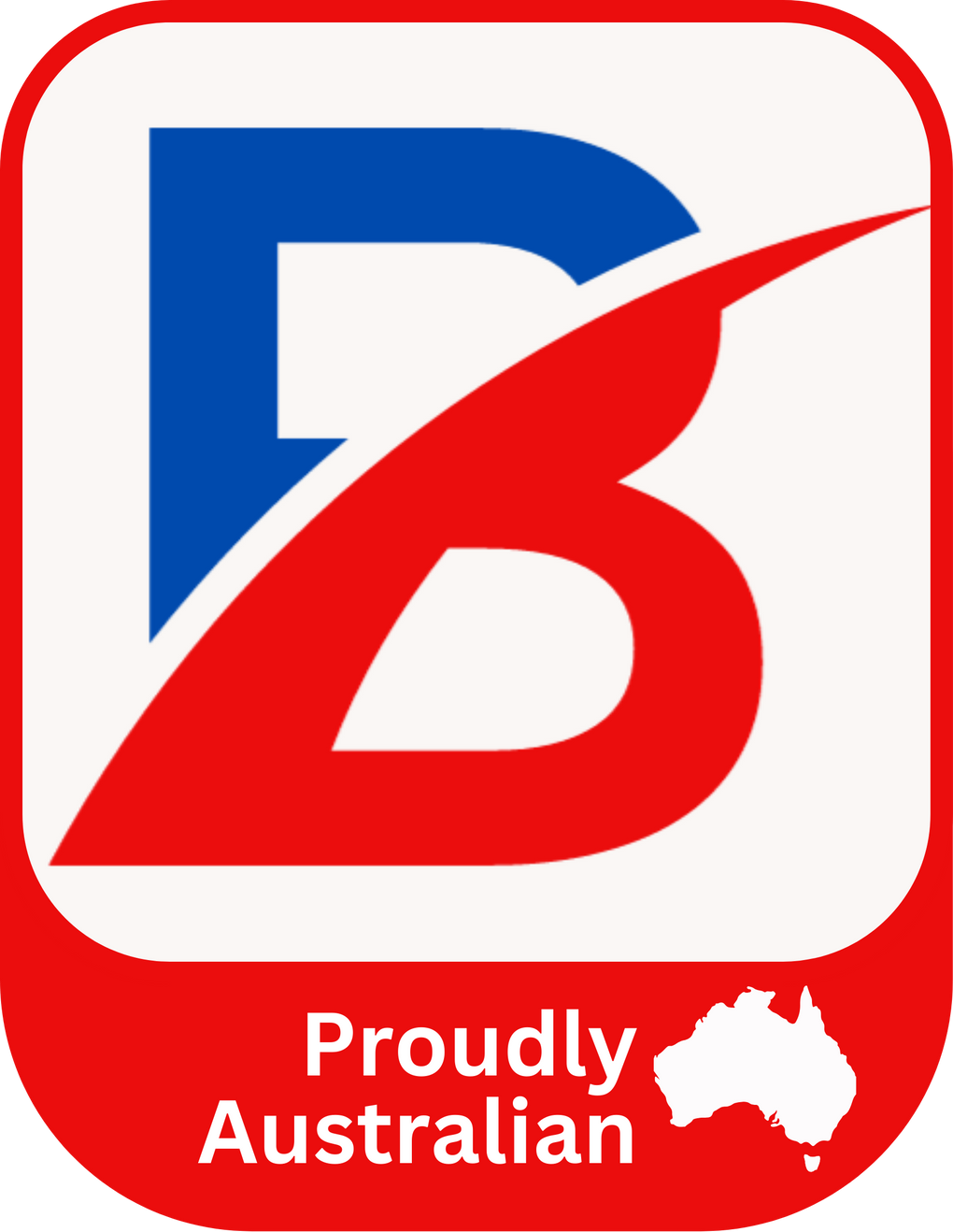Brandon Hospitality
25-05-2022
How to Design a Commercial Kitchen That Works:
Function, flow and efficiency - the foundations of every great kitchen

A Complete Guide for Restaurants, Cafés & Hospitality Venues
How to Design a Commercial Kitchen That Works:
Whether you’re opening a café, restaurant, childcare centre or aged-care kitchen, one thing is certain — great food starts with great design.
A well-planned commercial kitchen delivers more than efficiency; it defines your workflow, ensures compliance, and creates a space where your team can thrive.
At Brandon Hospitality Solutions, we’ve built and installed commercial kitchens across Victoria for 50 years. Here’s our complete guide to planning yours — from concept to completion.




Plan your commercial kitchen the right way. Expert tips on design, equipment, compliance, layout & budgeting from Brandon Hospitality Solutions, Victoria.
1. Define Your Vision and Market
Before any plans are drawn, get crystal clear on what your venue stands for.
Ask yourself:
• Who are you serving — casual diners, students, or aged-care residents?
• Is your concept fast service, fine dining, or something in between?
• What atmosphere should customers feel — lively, bright, moody, or relaxed?
Your answers shape everything — from lighting and layout to ventilation and finishes. Document your ideas early and involve your project team so everyone shares the same vision.
2. Plan Your Menu First
Your menu dictates your kitchen — not the other way around.
It determines the type of equipment, storage, and preparation areas required.
Consider:
• Which dishes are hot, cold, or made from scratch?
• Will you prep everything on site or outsource components?
• Will the menu change seasonally or stay consistent year-round?
Modern kitchens increasingly feature open designs and action stations — giving customers a front-row view of the cooking process. If that fits your brand, plan for ventilation, counter space, and service flow early.
Your menu also determines storage needs, delivery frequency, and whether your operation includes takeaway, catering, or dine-in service.
3. Design for Flow and Function
A functional kitchen starts with smart flow — from receiving goods to plating dishes.
For Existing Buildings:
• Older spaces often come with quirks. Check:
• Doorways, ceiling heights, and wall structures
• Gas, water, and electrical service locations
• Grease traps and ventilation routes
Accessibility for deliveries and waste removal
Knowing these details upfront saves major headaches during installation.
For New Builds:
With a blank canvas, you can create the ideal layout — but only if you plan early with your architects, engineers, and kitchen specialists.
Consider truck access, waste areas, drive-through lanes, and staff security. A thoughtful layout ensures efficient workflow and future flexibility.
4. Staffing and Workflow Efficiency
Your kitchen layout should support your team, not slow them down.
• How many staff will work during peak times?
• Are there dedicated staff amenities like lockers or break areas?
• How do chefs, waitstaff and dishwashers move between zones safely?
Design for ergonomics and flow — separate prep areas for raw and cooked food, avoid bottlenecks, and provide clear access to hand-wash stations.
5. Choose the Right Equipment
The equipment list stems directly from your menu. Every piece should earn its place.
Typical inclusions:
• Storage: Walk-in cool rooms, freezers, dry shelving
• Prep: Benches, mixers, processors, sinks
• Cooking Line: Ranges, fryers, griddles, combi ovens, chargrills
• Ventilation: Exhaust canopies, make-up air, fire suppression
• Warewashing: Dishwashers, pot sinks, drying racks
• Beverage & Wait Stations: Ice, coffee, juice and soda units
• Cleaning: Mop sinks, chemical storage
If reusing existing equipment, always test functionality and compliance. Replace old or inefficient units before they cause costly downtime.
6. Layout and Safety Considerations
Map how food travels through the space:
1. Receiving
2. Storage
3. Prep
4. Cooking
5. Service
6. Cleaning
Avoid cross-traffic, ensure separate zones for raw and cooked food, and design generous aisles for carts and team movement.
Good design equals safe, efficient service.
7. Compliance and Health Requirements
Every commercial kitchen must meet local health, plumbing, mechanical and electrical codes.
Involve your local council or health inspector early to review:
• Floor plans and utility layouts
• Menu and meal volume
• Equipment schedules (make/model)
• Wall, floor and ceiling finishes
• Hand-wash, prep, and pot sinks (no domestic appliances allowed)
• Waste, grease and pest control measures
Early engagement prevents last-minute design changes or approval delays.
8. Keep Your Budget on Track
Commercial kitchens are major investments. Track “all-in” costs — not just equipment.
Include:
• Freight, warehousing and delivery
• Installation and utility hook-ups
• Construction and trades
• Permits, consultancy and design fees
• Equipment removal and disposal (for renovations)
Regular budget reviews keep surprises at bay and your project on schedule.
9. Commissioning and Handover
Once your kitchen is complete:
• Test and commission all equipment
• Arrange manufacturer training for staff
• Collect warranties and O&M manuals
• Conduct a final walk-through with your project team
After six months of operation, revisit your design to see what’s working and what can improve. Continuous feedback builds smarter kitchens over time.
10. Bringing It All Together
Building a commercial kitchen is complex — but when designed right, it’s the engine room of your success.
Partnering with experienced professionals ensures every detail — from stainless fabrication to exhaust ventilation — meets both performance and compliance standards.
At Brandon Hospitality Solutions, we’ve been helping Victoria’s hospitality industry for five decades, delivering tailored kitchen builds for cafés, restaurants, schools and aged-care facilities.
Ready to start your project?
Let’s turn your concept into a fully functional, compliant, and efficient commercial kitchen that works as hard as you do.

Our most recent
What you do on this final day of your Jordan tour depends on what time you are flying out. Globus will transfer you directly to Amman airport from the Movenpick Resort and Spa.
Hot Tip: My flight was early morning, so I left the resort about 10pm. Had I known how great the Dead Sea Resort and Spa was, I would have delayed my flight until the following day and stayed an extra night and morning.



Want To Receive More About Commercial Kitchens Planning and Designing
Follow us to receive the latest update on our journey experience
Contact Us
We are here to help! If you have any questions about building a new or refurbing an existing kitchen or even planning to upgrade a single piece of equipment, please contact us and let us assist you with your needs
Follow us:



 Bench
Bench
 Cabinets
Cabinets
 Shelving
Shelving
 Canopies
Canopies
 Stainx
Stainx
 Bar Fridge
Bar Fridge
 FRIDGE
FRIDGE
 Undercounter Fridge
Undercounter Fridge
 Upright Fridge
Upright Fridge
 Ice Machine
Ice Machine
 Deli Display Fridge
Deli Display Fridge
 Wine Fridge
Wine Fridge
 Salad Bar Fridge
Salad Bar Fridge
 Pizza Prep Fridge
Pizza Prep Fridge
 Custom Cool Room
Custom Cool Room
 Custom Display Refrigeration
Custom Display Refrigeration
 Custom Salad Prep Fridge
Custom Salad Prep Fridge
 Custom Upright Fridge
Custom Upright Fridge
 Custom Meat Cabinet and Butcher fridge
Custom Meat Cabinet and Butcher fridge
 FREEZER
FREEZER
 Under Bench Freezer
Under Bench Freezer
 Display Freezer
Display Freezer
 Blast Chiller
Blast Chiller
 Upright Freezer
Upright Freezer
 Chest Freezer
Chest Freezer
 Custom Freezer Room
Custom Freezer Room
 Custom Display Freezer
Custom Display Freezer
 Custom Upright Freezer
Custom Upright Freezer
 Cooking Equipment
Cooking Equipment
 Cooktop
Cooktop
 Deep Fryer
Deep Fryer
 Griddle
Griddle
 Pasta Cooker
Pasta Cooker
 Combi Oven
Combi Oven
 Chargrill
Chargrill
 Stock Pot Burner
Stock Pot Burner
 BBQ
BBQ
 Convection Oven
Convection Oven
 Deck Oven
Deck Oven
 Warewashing
Warewashing
 Passthrough Dishwasher
Passthrough Dishwasher
 Underbench Dishwasher
Underbench Dishwasher
 Conveyor Dishwasher
Conveyor Dishwasher
 Glasswasher
Glasswasher
 Dishwasher Rack
Dishwasher Rack
 Dishwasher Accessory
Dishwasher Accessory
 Benchtop Equipments
Benchtop Equipments
 Microwave
Microwave
 Fryer
Fryer
 Warmer
Warmer
 Cooker
Cooker
 Grill
Grill
 Griddle
Griddle
 Toaster
Toaster
 Peeler
Peeler
 Slicer
Slicer
 Filler
Filler
 Grinder
Grinder
 Vacuum Sealer
Vacuum Sealer
 Holding Cabinet
Holding Cabinet
 Warming Cart
Warming Cart
 Prep Machine
Prep Machine
 Food Processor
Food Processor
 Food Dehydrator
Food Dehydrator
 Custom Hot Display Bar
Custom Hot Display Bar
 Restaurants
Restaurants
 Cafes
Cafes
 Bars and Nightclubs
Bars and Nightclubs
 Hotels
Hotels
 Bakeries
Bakeries
 Juice Bars
Juice Bars
 Supermarkets
Supermarkets
 Butchers
Butchers
 Food Truck
Food Truck
 Medical
Medical
 School and centers
School and centers
 Age-Care
Age-Care
 Commercial Builders
Commercial Builders
 Franchies
Franchies
 Pizza Shops
Pizza Shops
 Dessert Shops
Dessert Shops





